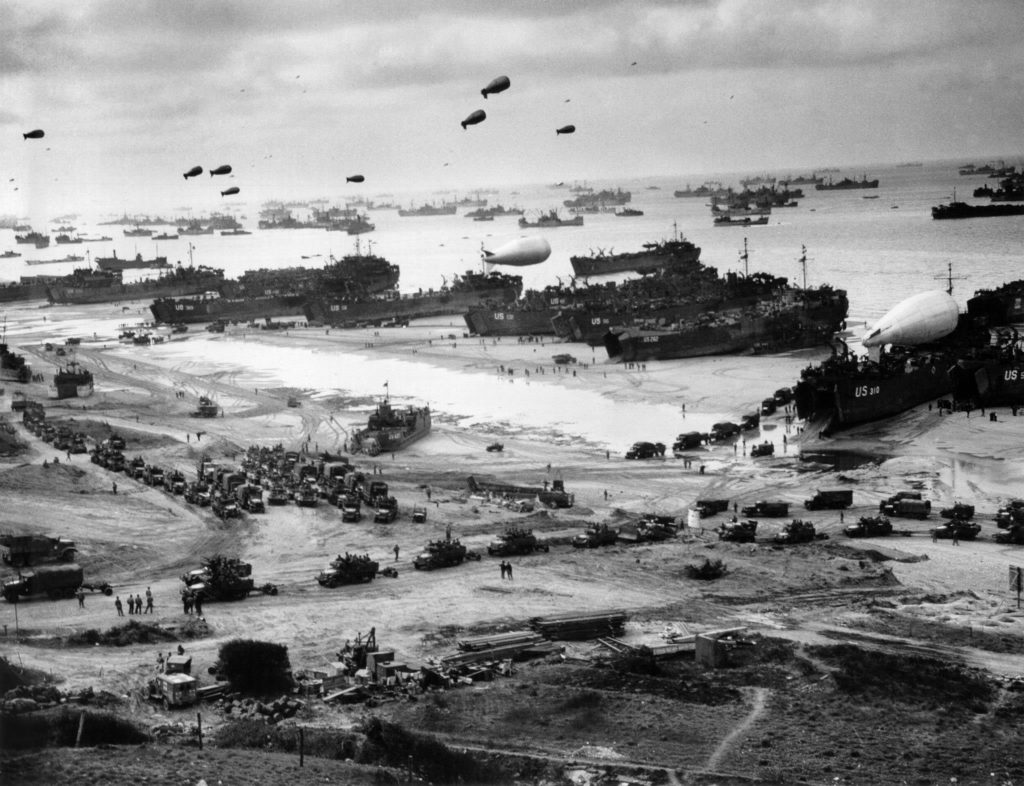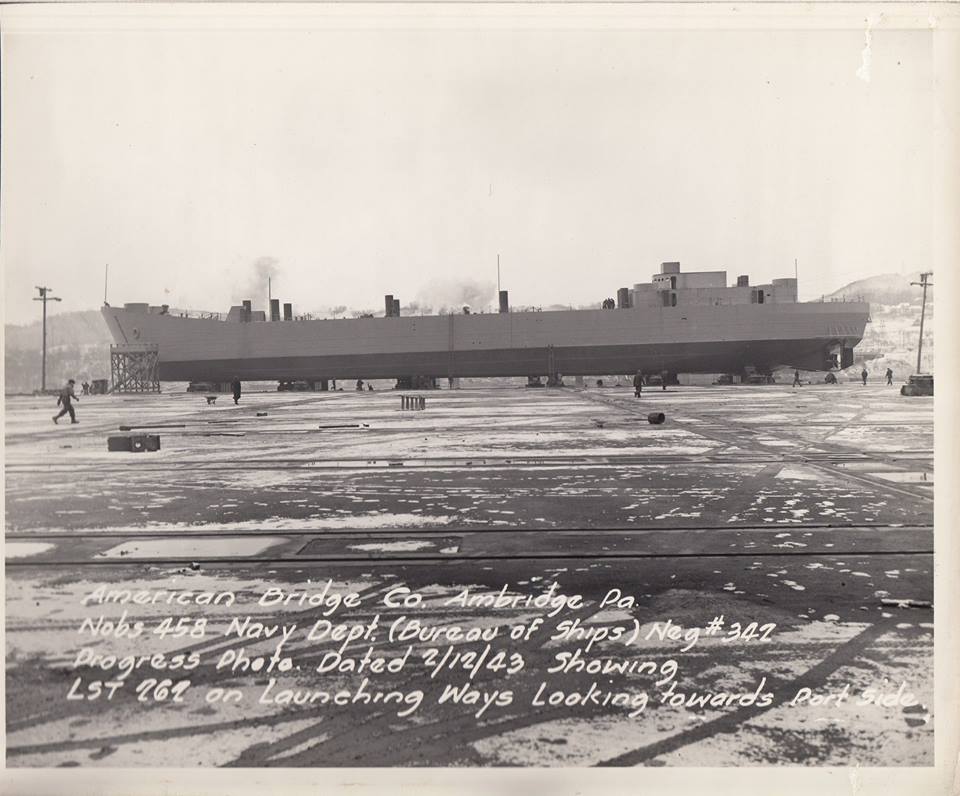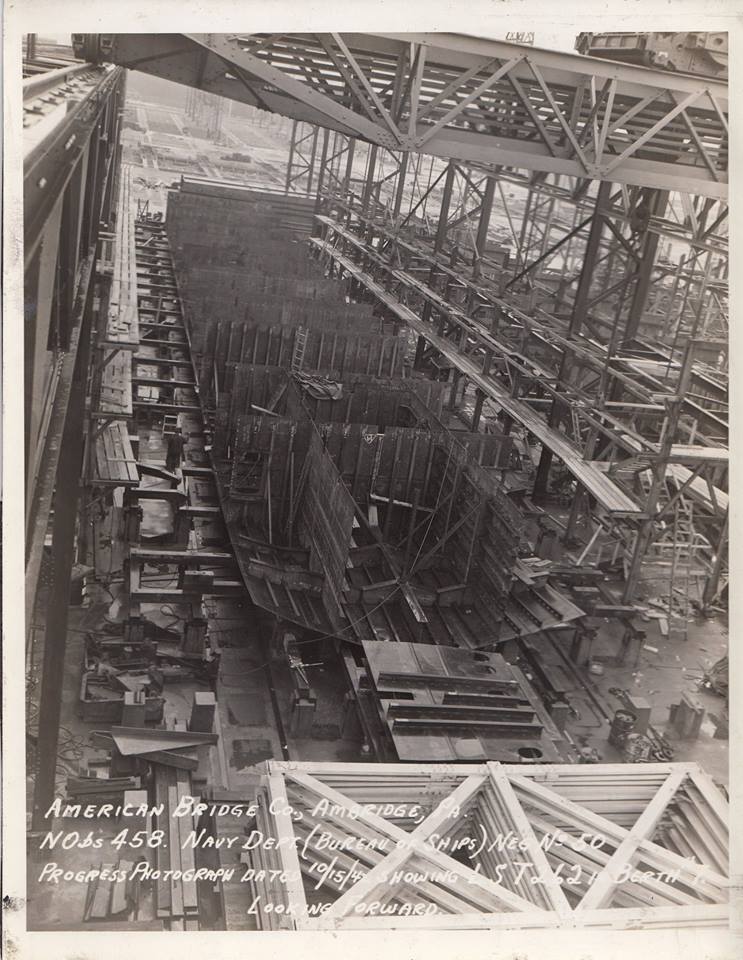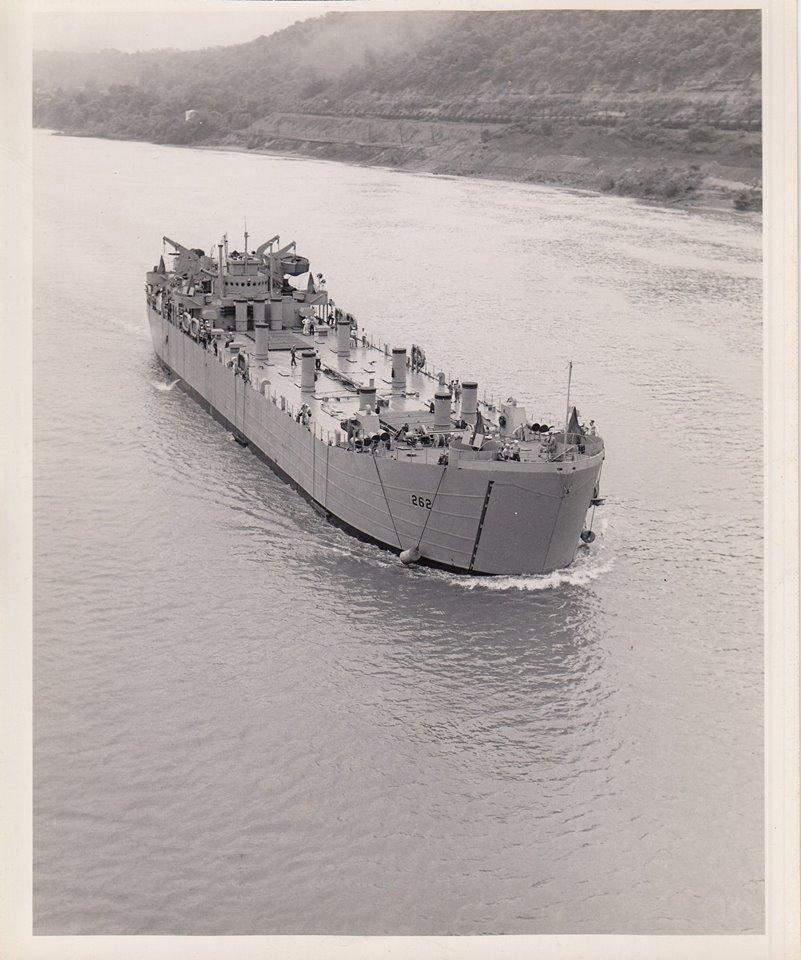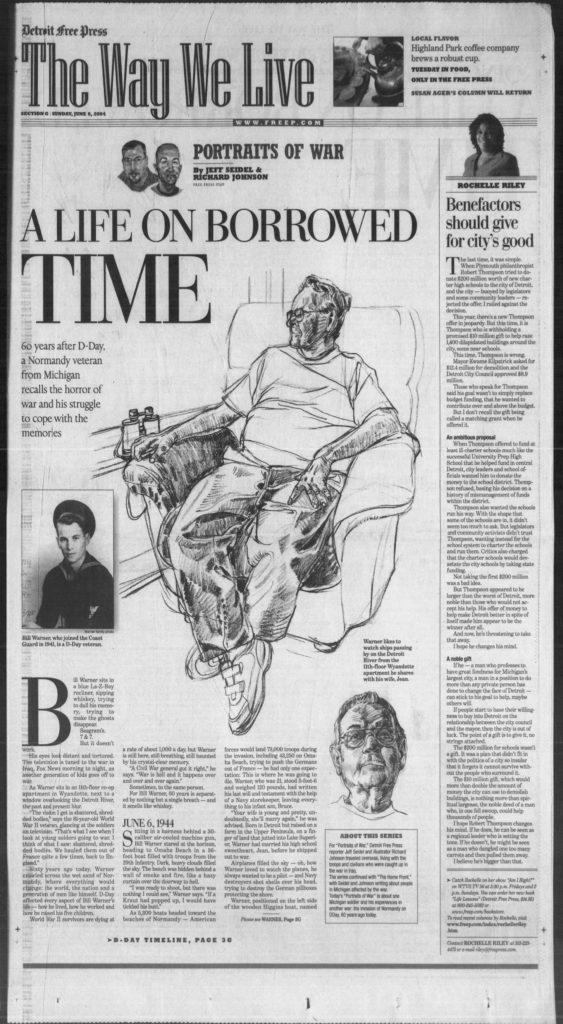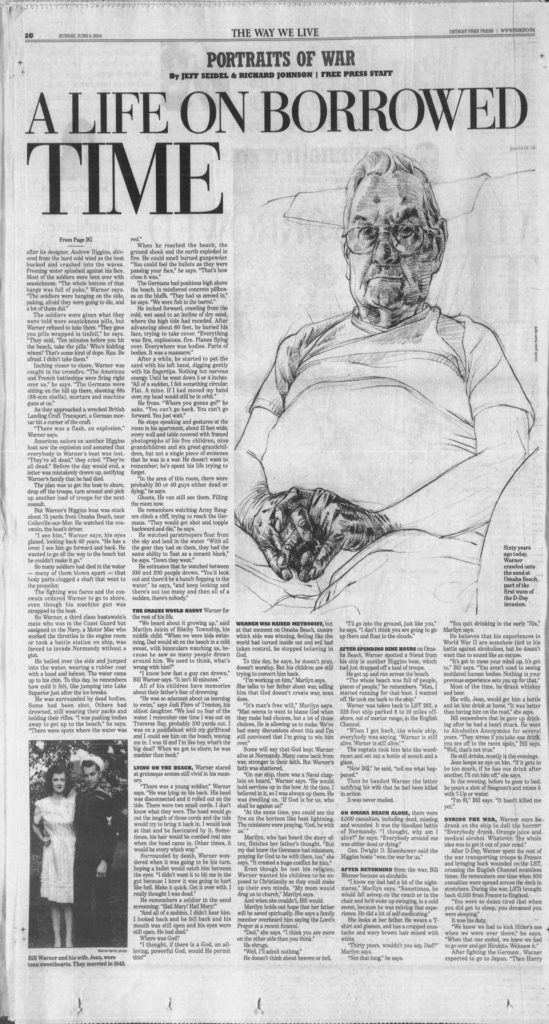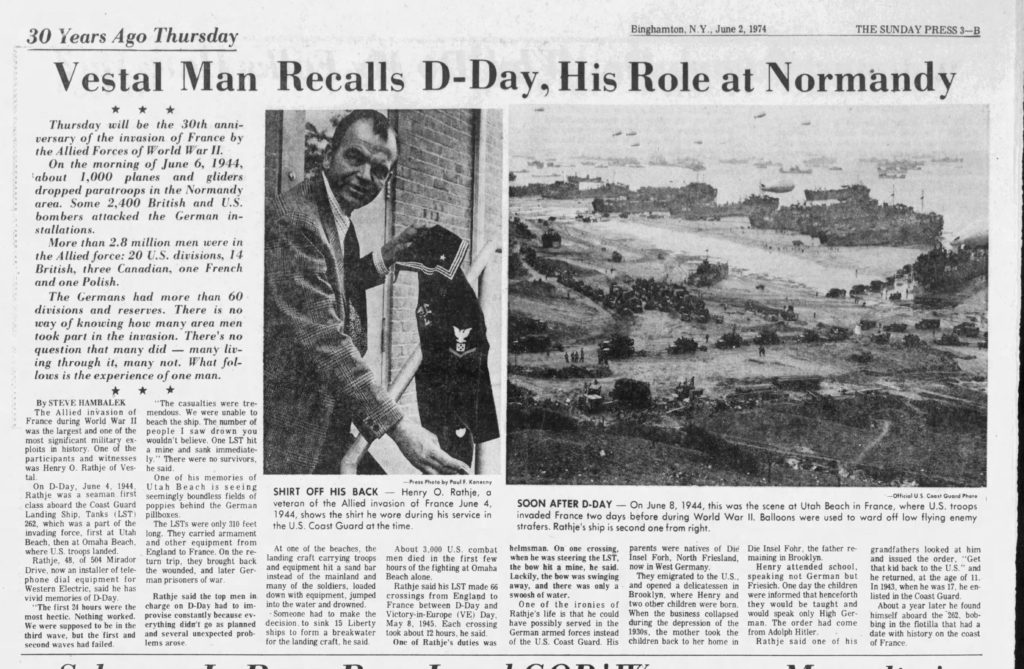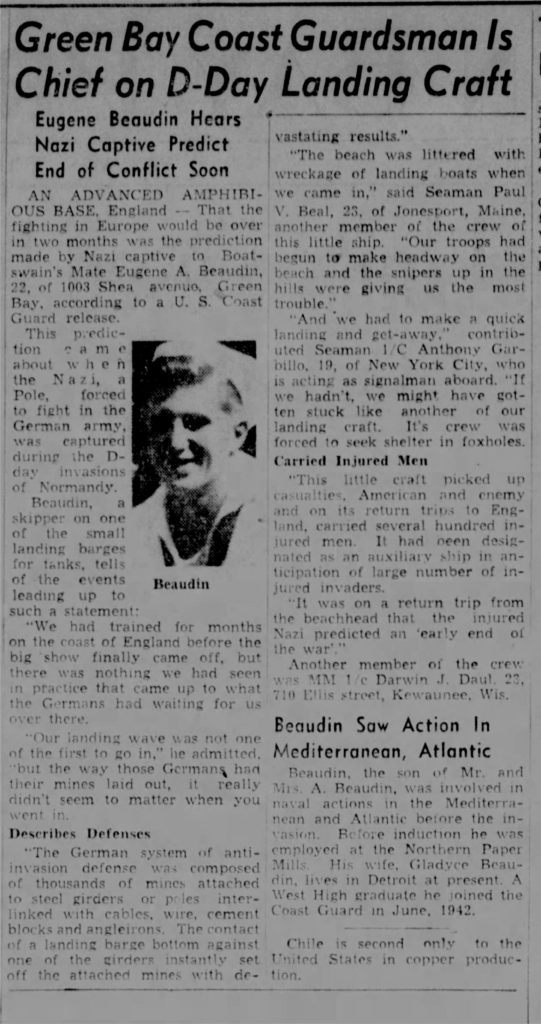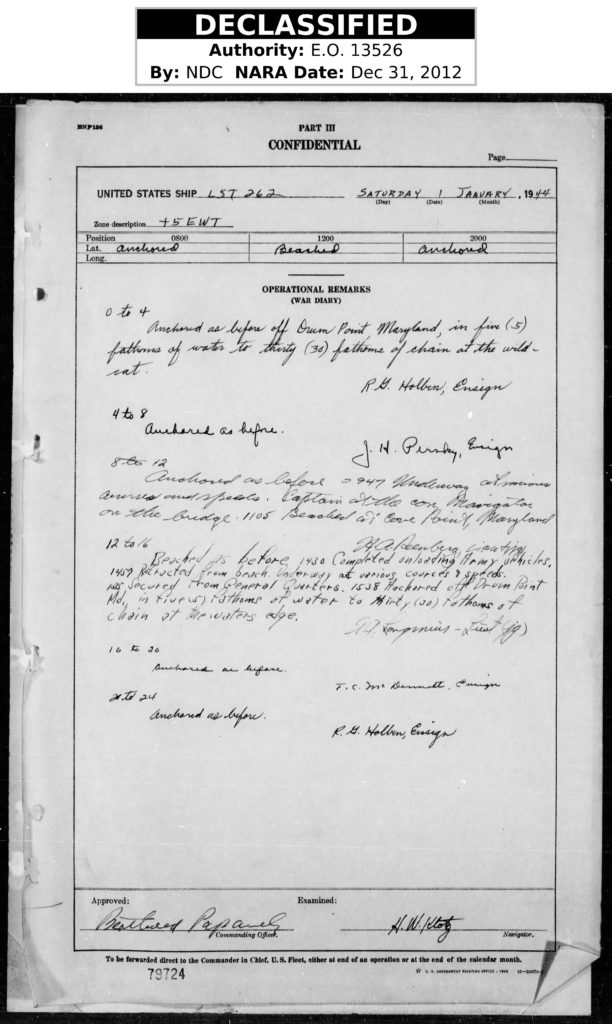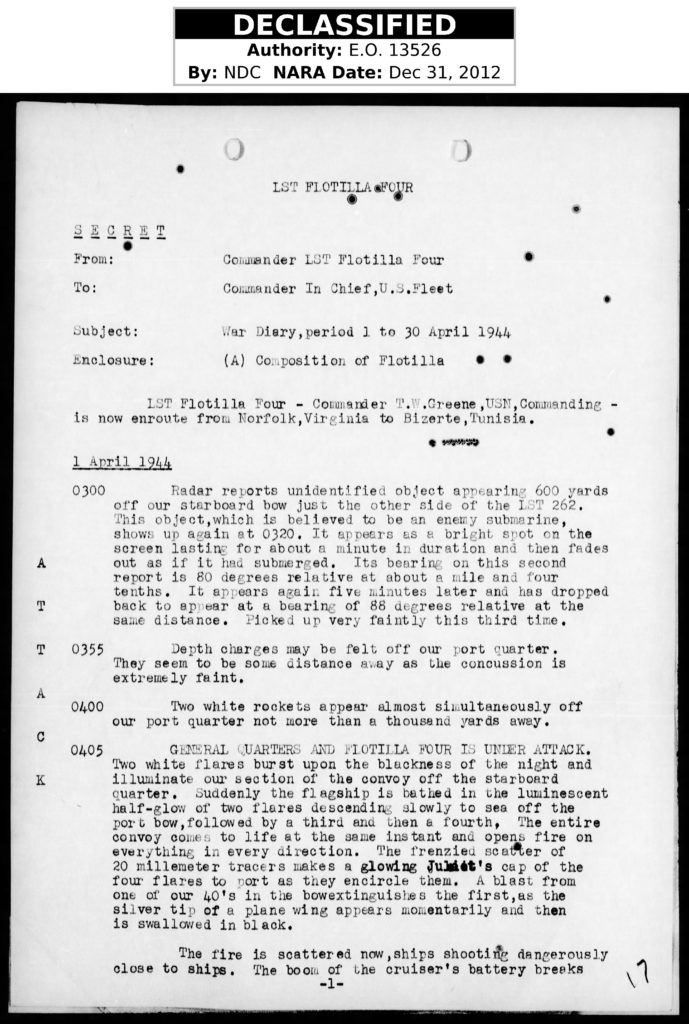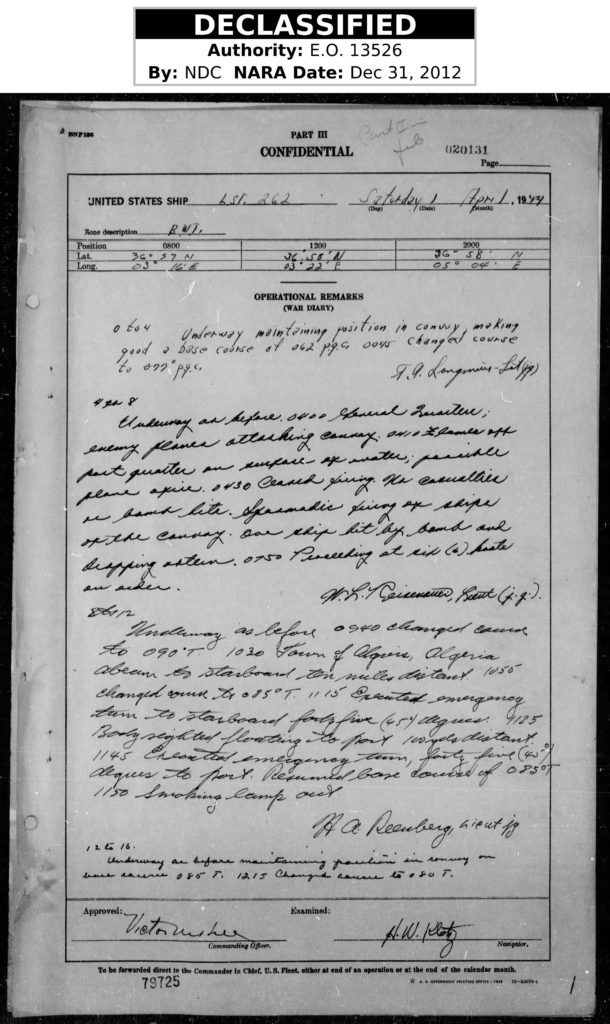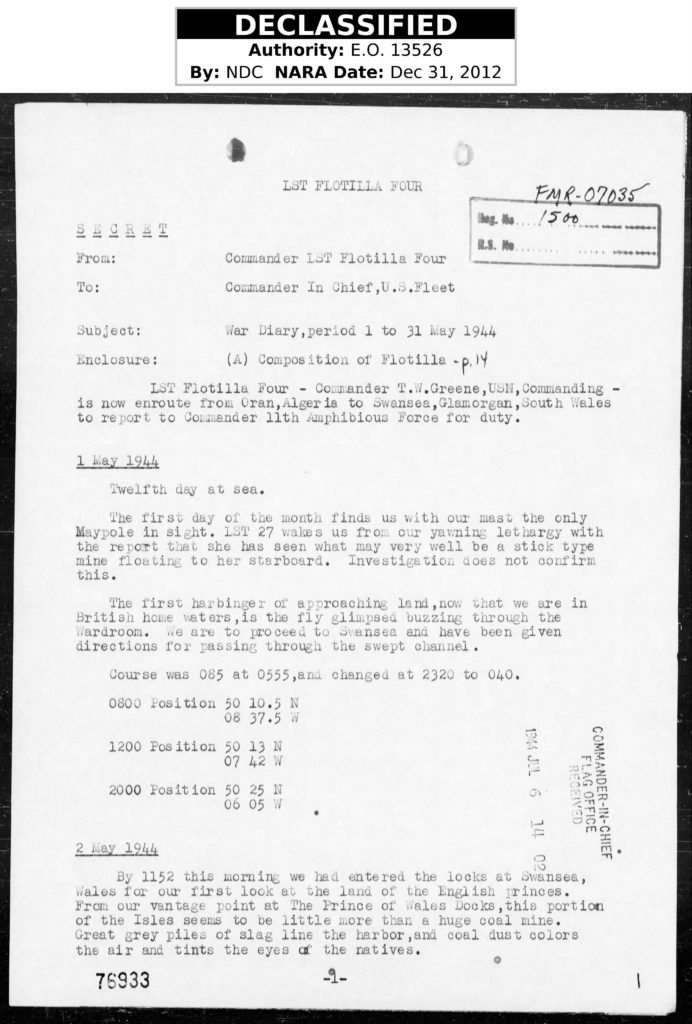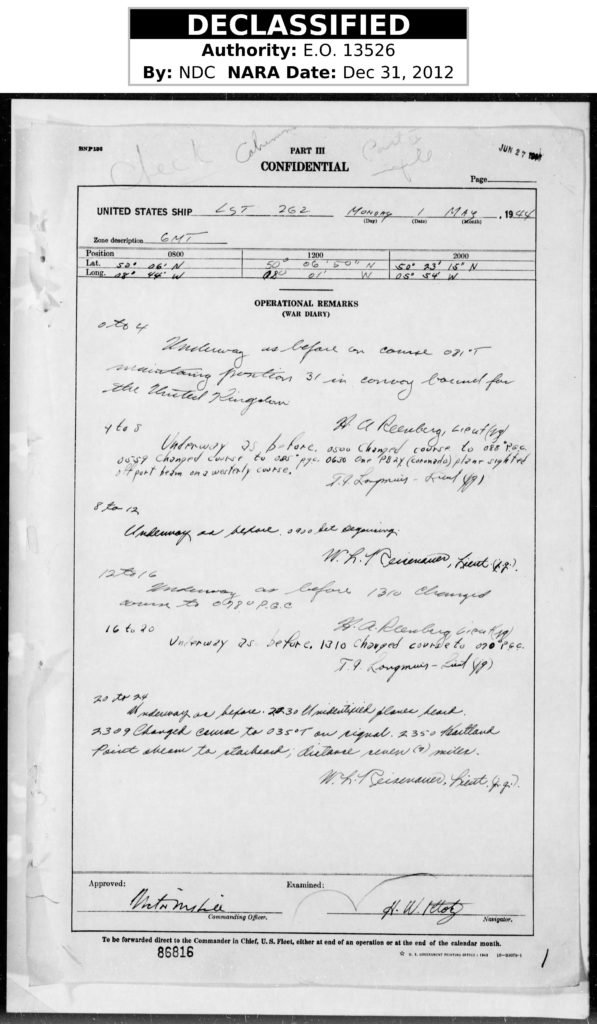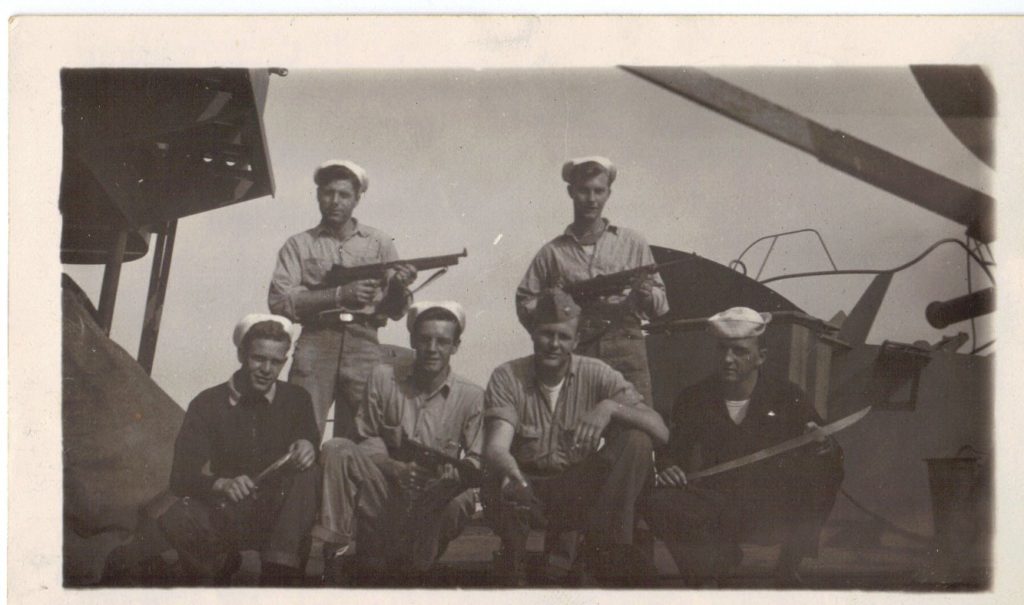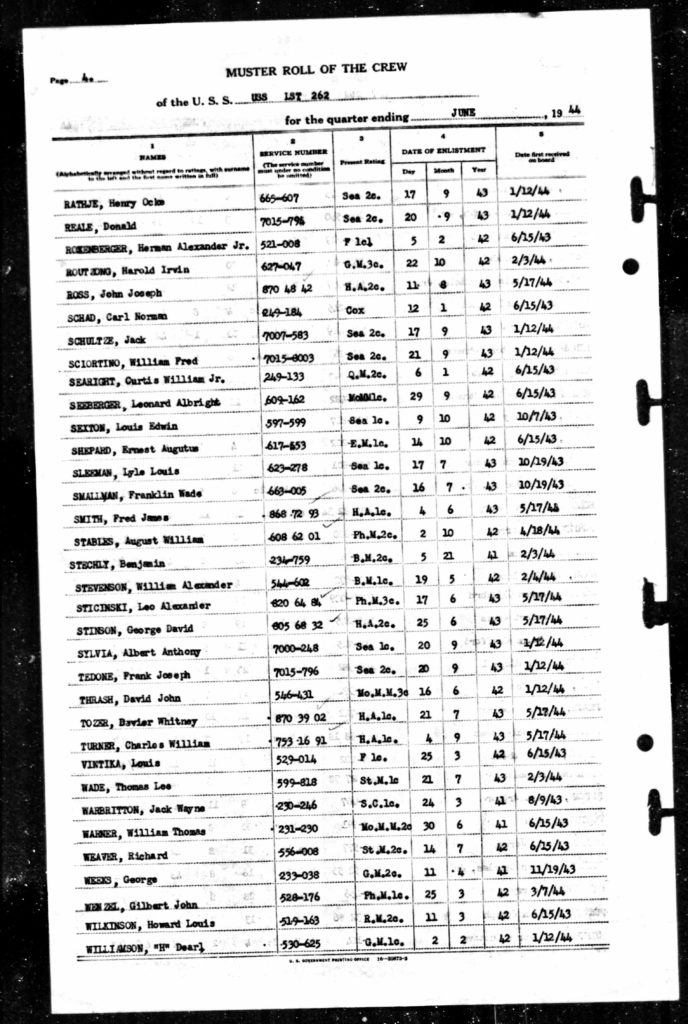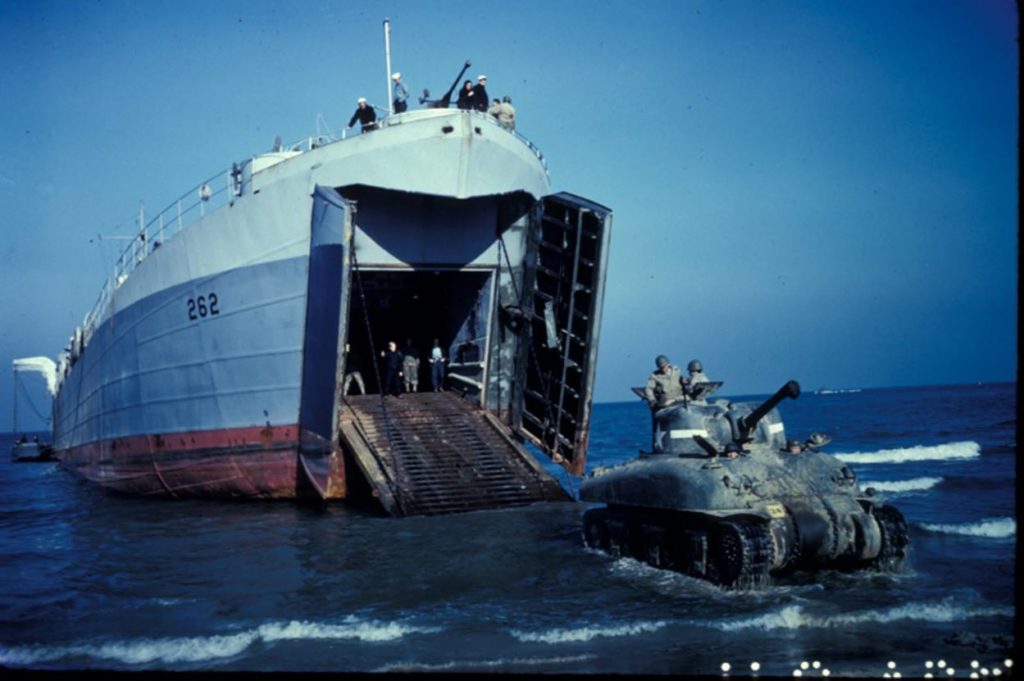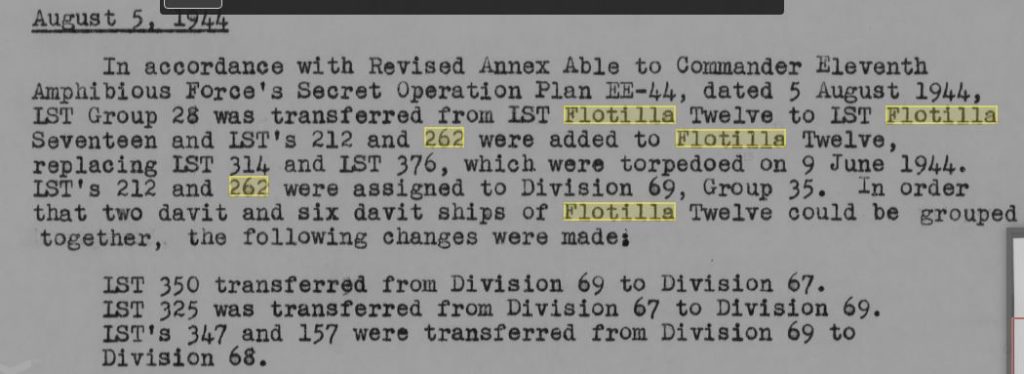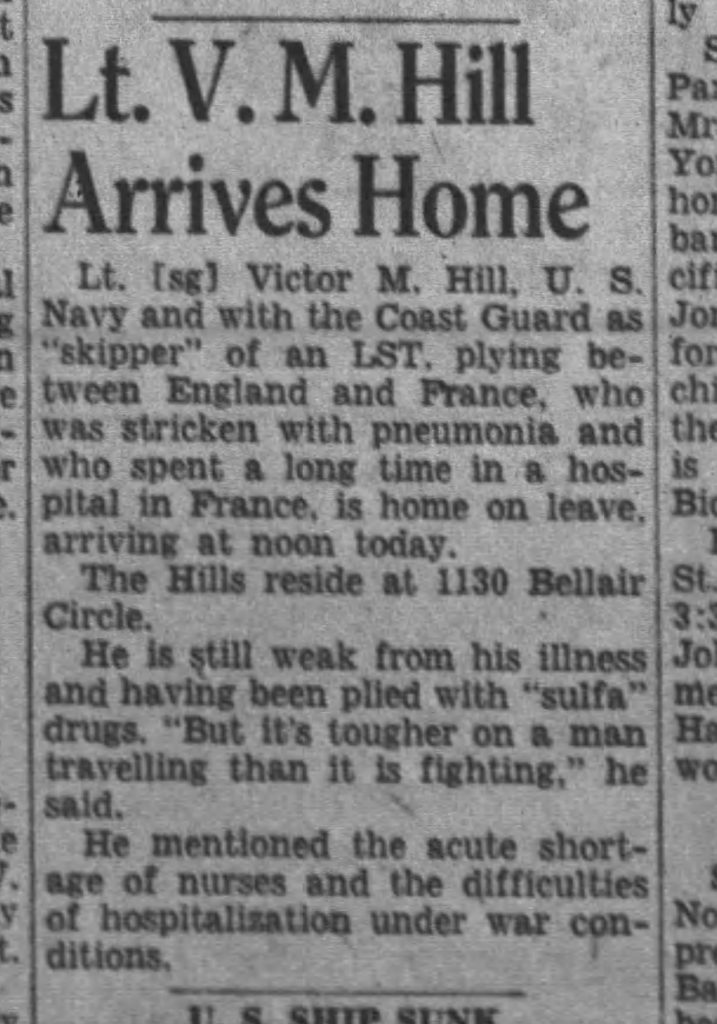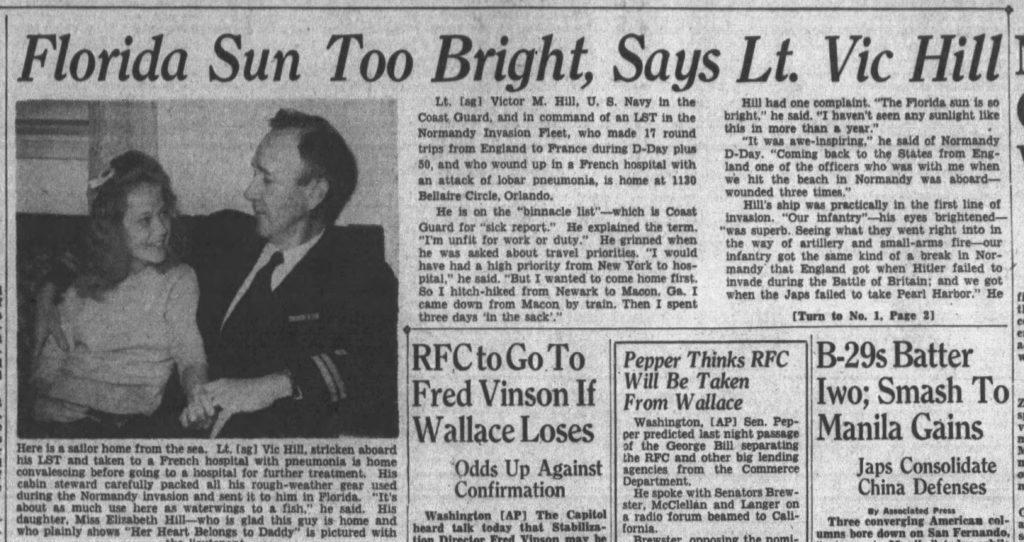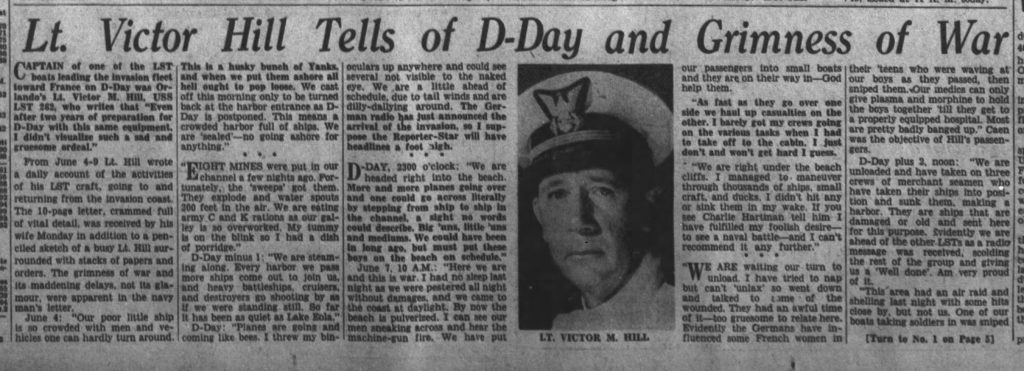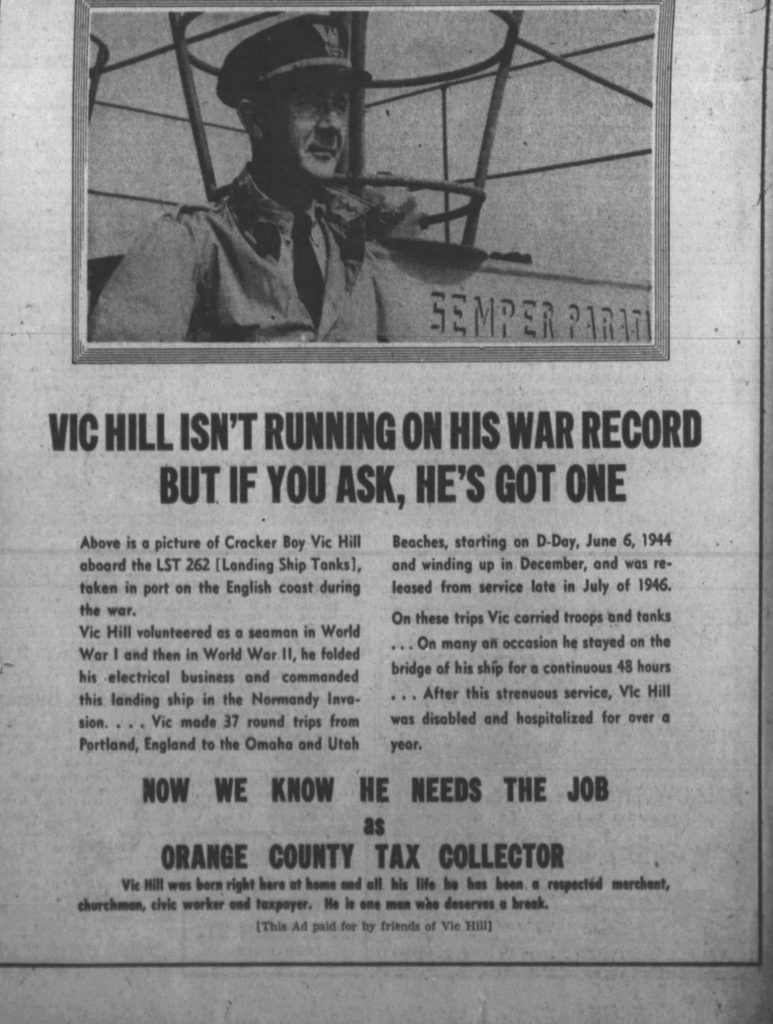LST - 262 was laid down on 7 September 1942 at Ambridge, Pa., by the American Bridge Co.; launched on 13 February 1943; sponsored by Mrs. Oscar Seidel; and commissioned on 15 June 1943. During World War 11, LST-262 was assigned to the European theater and participated in the movement of Convoy UGS-36 in April 1944 and the invasion of Normandy in June 1944. She was decommissioned on 14 January 1946 and struck from the Navy list on 19 June 1946. On 9 December 1947, she was sold to N. Block & Co., of Norfolk, Va., for scrapping. LST-262 earned two battle stars for World War II service. (click here to download this and photos)
USS LST-262 was manned by the US Coast Guard during World War II
LST-1 Class Tank Landing Ship:
• Laid down, 7 September 1942, at American Bridge Co., Ambridge, PA.
• Launched, 13 February 1943
• Commissioned USS LST-262, 16 June 1943, LT. Herman W. Klotz, USCGR in command
• During World War II USS LST-262 was assigned to the Europe-Africa-Middle East Theater:
LST Flotilla Twelve;
LST Group Thirty-Five
LST Division Sixty-Nine and participated in the following action/campaign:
Convoy UGS-36, 1 April 1944 / Invasion of Normandy, 6 to 25 June 1944
• Decommissioned, 14 January 1946
• Struck from the Naval Register, 19 June 1946
• Final Disposition, sold for scrapping, 9 December 1947, to N. Block and Co., Norfolk, VA.
USS LST-262 earned two battle stars for World War II service.
________________________________________
Commanding Officers
01 LT. Klotz, Herman W., USCGR - 16 June 1943 - 1944
02 LT. Hill, Victor M., USCGR - 1944
03 LTjg. Lawrence, K. V., USCGR - 1944 - 1945
04 LT. Stoye, F. G., USCGR - 1945 - 14 January 1946
Specifications:
Displacement - 1,625 t.(lt), 4,080 t.(fl) (sea-going draft w/1675 ton load), 2,366 t. (beaching displacement)
Length 328' o.a.
Beam 50'
Draft - light 2' 4" fwd, 7' 6" aft
sea-going 8' 3" fwd, 14' 1" aft
landing 3' 11" fwd, 9' 10" aft (landing w/500 ton load)
limiting 11' 2"
maximum navigation 14' 1"
Speed 11.6 kts. (trial)
Endurance 24,000 miles @ 9kts. while displacing 3960 tons
Complement - 13 officers, 104 enlisted
Troop Accommodations - 16 officers, 147 enlisted
Boats 2 LCVP
Cargo Capacity (varied with mission - payloads between 1600 and 1900 tons)
Typical loads
One Landing Craft Tank (LCT), tanks, wheeled and tracked vehicles, artillery, construction equipment and military supplies. A ramp or elevator forward allowed vehicles access to tank deck from main deck
Additional capacity included sectional pontoons carried on each side of vessel amidships, to either build Rhino Barges or use as causeways. Married to the bow ramp, the causeways would enabled payloads to be delivered ashore from deeper water or where a beachhead would not allow the vessel to be grounded forward after ballasting
Armament (varied with availability when each vessel was outfitted. Retro-fitting was accomplished throughout WWII. The ultimate armament design for United States vessels was
2 - Twin 40MM gun mounts w/Mk. 51 directors
4 - Single 40MM gun mounts
12 single 20MM gun mounts
Fuel Capacity
Diesel 4,300 Bbls
Propulsion
two General Motors 12-567A, 900hp Diesel engines, single Falk Main Reduction Gears
three Diesel-drive 100Kw 230V D.C. Ship's Service Generators, two propellers, 1,700shp
twin rudders
LSTs putting cargo ashore on one of the invasion beaches, at low tide during the first days of the Invasion of Normandy in June 1944. Among identifiable ships present are USS LST-532 (in the center of the view); USS LST-262 (3rd LST from right); USS LST-310 (2nd LST from right); USS LST-533 (partially visible at far right); and USS LST-524. Note barrage balloons overhead and Army "half-track" convoy forming up on the beach.
